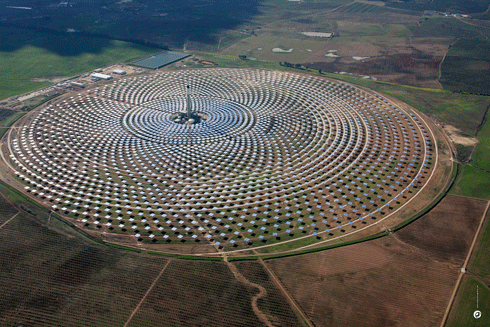
|
Published: 9 March 2011
New intelligence on saving city stormwater
When heavy rain falls in the city, roads and footpaths become runways for toxic chemicals that flush into stormwater, polluting rivers and streams. Alexandra de Blas looks at an innovative new solution to the problem.

|
|
Biofilta plants could change the way we store and clean polluted stormwater. Credit: Biofilta
|
Stormwater-borne toxins are a ticking time bomb for aquatic plants and animals in iconic water bodies such as Sydney Harbour and Port Phillip Bay. At the same time, heritage parks and gardens may be dying of thirst. Biofilta, a compact new technology, addresses both problems by transforming the way we store and clean polluted stormwater.
Historically seen as a waste to pump or pipe away, stormwater can be used as a valuable resource in space-poor inner city environments.
‘We designed it primarily for climate adaptation in response to prolonged dry spells, to help cities develop water security in a drying and warming climate,’ says Mr Brendan Condon, Director of Biofilta Stormwater Solutions and CEO of Australian Ecosystems. The Biofilta company is a working partnership between Cardno – a global infrastructure services consultancy – and Australian Ecosystems, the largest native nursery in Australia.
The first project, scheduled for Darling Street in East Melbourne, is being built for the City of Melbourne and will cost between $800 000 and $900 000 to construct and commission. It will treat a 30-ha inner city urban catchment, and capture and cleanse ~20 million litres of water annually – the equivalent of 20 Olympic swimming pools.
The Biofilta is the world’s first pre-grown modular bioretention system that collects and treats storm water to a standard suitable for your vegie garden. Think of it like a series of 500 × 500 mm milk crates, packed full of grassy coastal plants firmly rooted in sandy soil, laid in the ground like the grass of a cricket pitch. Multiple treatments are possible once the rain event has passed, allowing the water to be cleansed to a very high standard for reuse.
The grassy filters on the surface occupy a small area, but the underground tanks store large amounts of water, and can be networked across a city. This system has the potential to supply water to public gardens during dry spells, cool cities during heat waves, and catch the polluted front end of heavy rainfall events.
Biofilta can occupy 30 times less surface area than a wetland processing the same volume of water, and 10 times less than conventional rain gardens. This flexibility allows designs to vary in shape and size depending on location, whether they are for parks and gardens, urban residential developments or car parks.
The proof of concept was established at the university research scale, then Biofilta and Cardno turned the concept into a commercial reality and patented the system.
This new approach has potentially significant cost savings. When the City of Melbourne compared the Biofilta with a conventional raingarden system in a 40-ha urban catchment, it found that the new system would cost 75 per cent less to build – saving around $3 million – while annual maintenance would cost a tenth of the conventional system.
Pre-growing the top section in the nursery enables fully established robust plants to be set in place, ready to deal with heat waves, extended dry periods and intense rainfall. This eliminates long establishment periods and the costly maintenance associated with planting immature plants in a harsh environment.
While Biofilta has many benefits in the inner city, raingardens will be preferable in some locations and the system will never have the habitat and biodiversity benefits of a healthy constructed wetland.
Biofilta now has around ten precinct-sized stormwater harvesting systems in the design phase, and expects to construct and commission 10–15 systems over the next 12–18 months.



